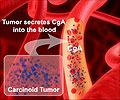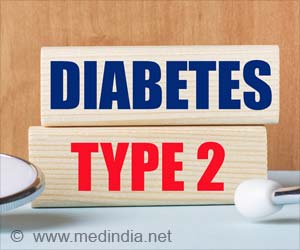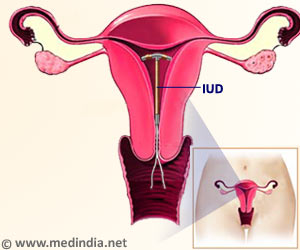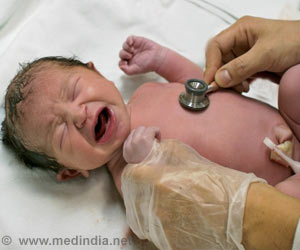How does serotonin affect premenstrual dysphoric disorder? Serotonin transporter binding in the brain across the menstrual cycle correlates with depressed mood.

Premenstrual Dysphoric Disorder (PMDD): Different from Premenstrual Syndrome (PMS)?
Premenstrual syndrome (PMS), which can include physical symptoms as well as depression and anxiety, affects about half of menstruating individuals a few days before the onset of menstruation. About 3 to 8% of people who menstruate experience PMDD, a far less recognized diagnosis.‘Treating premenstrual dysphoric disorder with selective serotonin reuptake inhibitors, or SSRIs, results in remarkably rapid alleviation of symptoms.’





PMDD is also associated with mood swings, depression, and anxiety, but its symptoms are more severe and can last for up to two weeks at a time. The lifetime toll of PMDD is comparable to that for people with major depressive disorder.Previous studies compared fluctuations in ovarian hormones between women with PMDD and healthy women interestingly found no substantial differences, suggesting that dysregulated hormones in the periphery are not the underlying cause of the disorder.
An alternative idea is that the brain’s response to normal endogenous hormonal changes differs in patients with PMDD, although how that happens remains unclear.
In the current study, researchers examined 30 patients with PMDD and 29 unaffected control women throughout two menstrual cycles. They used positron emission tomography (PET) imaging to visualize the availability of the serotonin transporter protein in the brain throughout the cycle, reflecting short-term changes in its expression.
They found a significant increase of serotonin transporter from periovulatory to premenstrual phase in patients with PMDD – an 18% change in the midbrain, a brain region with the richest serotonin transporter expression. This increase was associated with the severity of depressed mood premenstrually.
Advertisement
Does Serotonin Reuptake Inhibitors help with Premenstrual Dysphoric Disorder (PMDD)?
Typically, it is assumed that serotonin transporter density is an individual trait, with only an approximately 10% change over a decade as the human brain ages, rather than a state that changes within shorter periods. However, studies in patients with seasonal affective disorder (SAD) show seasonal changes in serotonin transporter.Although the reports of serotonin transporter availability in depression have been mixed, this may be due to the heterogeneity of that disease. In more homogenous types of affective disorders, such as PMDD or SAD, relatively rapid dynamics of serotonin transporter availability seem to play an important role.
These findings provide evidence that individuals with PMDD experience short-term changes in serotonin transporter density throughout the menstrual cycle, which suggests that patients might benefit from taking SSRIs at specific times during the cycle to best target these changes.
Source-Eurekalert















